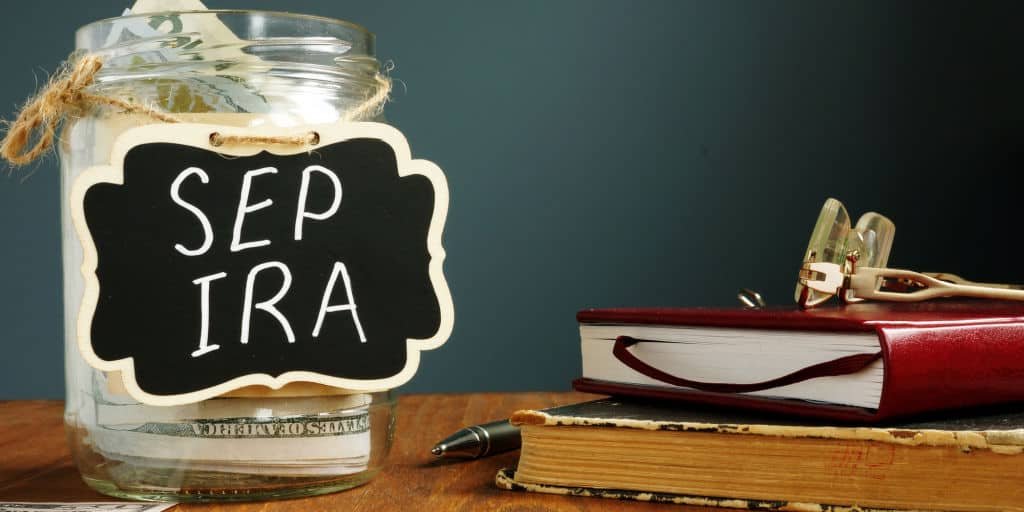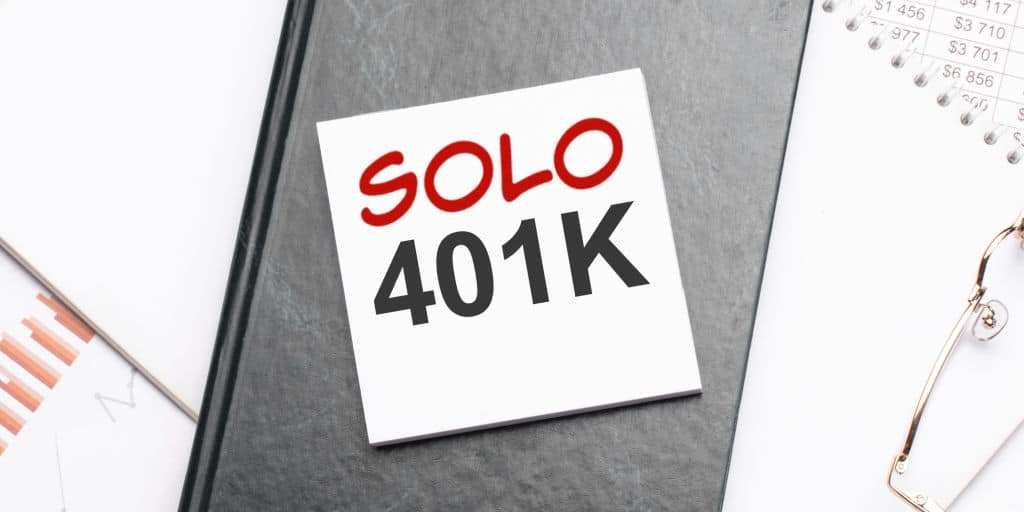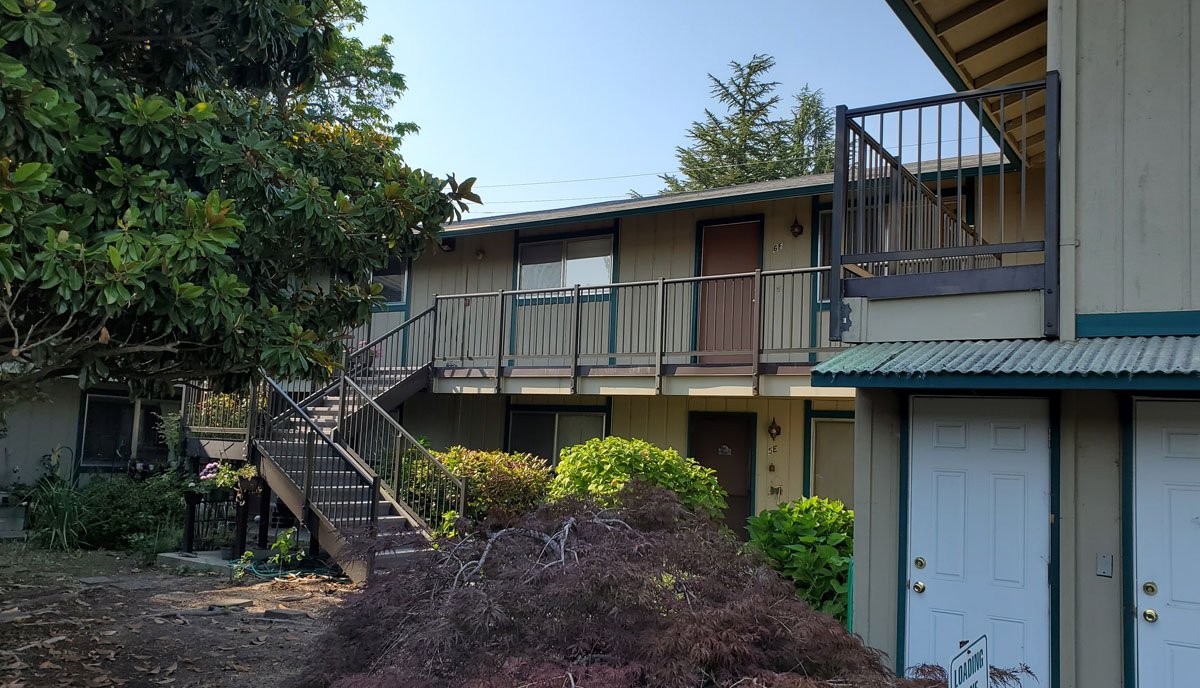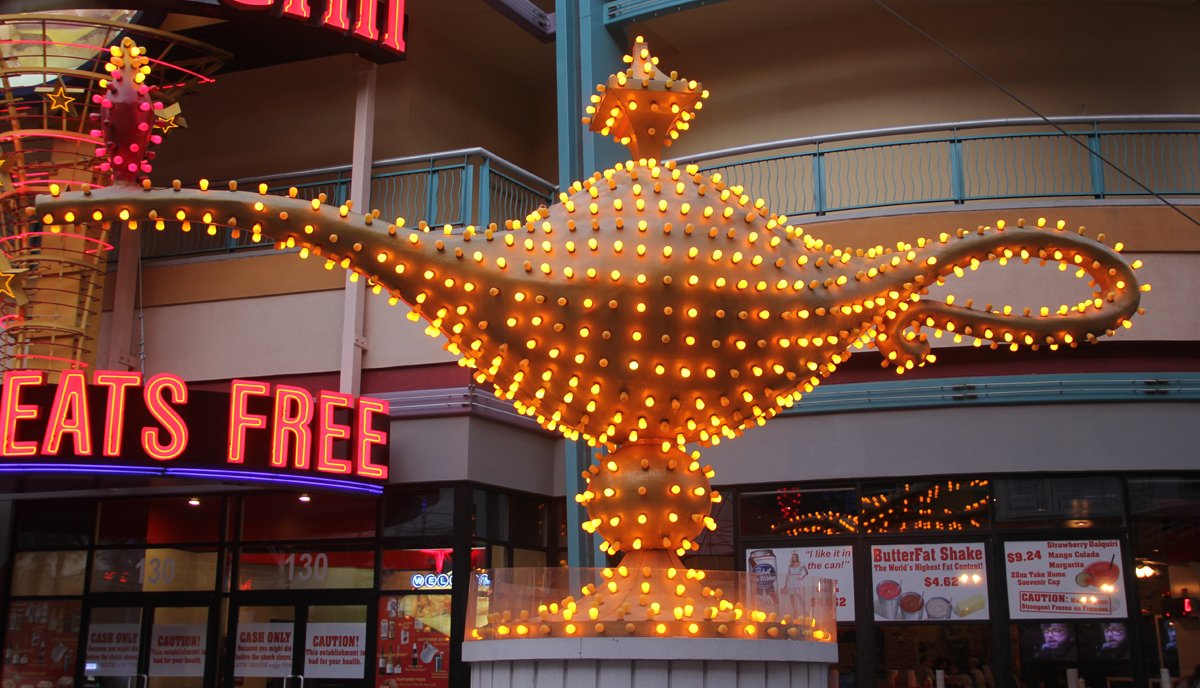There are various alternative ways to take a position for long-term wealth. And investing in a person retirement account (IRA) is a wonderful alternative for many individuals.
Common IRAs maintain government-regulated investments, like conventional shares, bonds, mutual funds, ETFs, and CDs. And these investments are a wonderful match for most individuals.
But some buyers need extra choices and may contemplate a self-directed IRA. It is a tax-advantaged account that holds non-traditional investments, like art work or actual property.
However many non-traditional investments have added danger, complexity, and prices. So earlier than you contemplate a self-directed IRA, it is clever to be taught extra and proceed with warning.
Learn on so you can also make a clever funding resolution on whether or not one is an efficient match for you.
What’s a self-directed IRA (SDIRA)?

A self-directed IRA is a variation of a conventional or Roth IRA. It has the identical tax benefits, guidelines, and limitations as common IRAs.
What makes it totally different is the property owned within the account.
Self-directed particular person retirement accounts maintain many non-traditional investments, like cryptocurrency, collectibles, hedge funds, treasured metals, personal fairness, personal placement, and actual property investing.
Some skilled buyers discover that diversification and potential returns outweigh the hassle and danger of different investments. And by holding the property in an SDIRA account, they obtain tax breaks.
Who can use a self-directed IRA?
For those who qualify for a daily Roth, conventional IRA, or a Simplified Worker Pension Particular person Retirement Account (SEP-IRA), you possibly can open a self-directed IRA.
That stated, investments held in these accounts do not get regulated by the SEC and are not for the common investor.
As a substitute, they’re suited to buyers with broad information of particular various investments. There are extra intricacies and dangers, so information of the foundations and sure property is important.
Custodians administer self-directed IRAs
A monetary establishment or a brokerage agency like Vanguard or Constancy acts as a custodian for common IRAs. However most common IRA suppliers don’t provide SDIRAs.
As a substitute, a third-party agency, referred to as a custodian or trustee, administers SDIRAs. They specialise in most of these accounts.
Every custodian handles several types of investments. So, you should use a custodian specializing within the particular asset in your self-directed accounts.
However the custodians will not be legally accountable for vetting funding decisions. It’s as much as the person investor to finish their due diligence.
An summary of conventional and Roth IRAs
Self-directed IRAs get labeled as conventional, Roth, or SEP IRAs. This implies they’ve the identical limitations and tips as all conventional and Roth IRAs. (The distinction is the forms of property held.)
So, when you open an SDIRA, it’s vital to know the account tips.
Under is a abstract of conventional and Roth IRA guidelines; for extra, see our article on the subject, and see this text for SEP IRAs.
Annual contribution limits
The annual contribution restrict for all IRAs is identical. For 2022, the retirement financial savings restrict is $6000 per particular person ($7000 when you’re over 50).
Revenue limits
There isn’t any revenue restrict for conventional IRAs, however there are limits for Roth IRAs. For 2022, Roth IRA’s annual revenue limits are $204,000 for married {couples} and $129,000 for people (with lowered contributions for people between $129,000-$144,00).
See the IRS web site for up-to-date data.
Tax benefits Conventional and Roth IRAs have totally different tax benefits:
- In a conventional IRA, contributions are tax-free, so that you get an preliminary break in your taxable revenue. However you pay taxes on contributions and development on the time of withdrawal.
- The contributions to a Roth IRA are taxed, so there’s no preliminary tax break. But, you possibly can withdraw contributions anytime, tax and penalty-free. Plus, the expansion is tax-free, so long as you make certified withdrawals (beginning at age 59½).
Required Minimal Distributions (RMDs) You don’t have to fret about RMDs with a Roth IRA.
However with a conventional IRA, you should start distributions if you attain age 72 (or 70½ when you flip that age by 2020).* The IRS determines what you should withdraw yearly.
*RMDs may be a difficulty with an SDIRA. For those who should take RMDs, it is advisable to liquidate property shortly. And liquidating is difficult with some non-traditional investments, like actual property property.
- IRA vs. 401(ok): How they differ and the place to take a position 1st
- Spousal IRA: What’s it and may I profit from one?
Different Investments Held in SDIRAs
An SDIRA opens up many different funding choices not out there in a daily IRA. Under is a spread of funding examples of non-traditional property usually held in a self-directed retirement account.
- Art work
- Commodities
- Cryptocurrency
- Power
- Farmland
- Livestock
- Valuable metals
- Personal mortgages
- Actual property Funding
- Personal firms (together with crowdfunding)
- Tax lien certificates
- Enterprise Capital
Funding limitations
Every custodian handles totally different investments for self-directed IRAs.
Meaning, to put money into a selected funding alternative, you should discover a custodian who agrees to carry the funding.
Additionally, the IRS has guidelines towards having some investments. For instance, you possibly can’t maintain life insurance coverage, S Corp inventory, or collectibles in a self-directed IRA.
Failure to heed these guidelines can lead to penalties. That stated, any good custodian will not agree to carry forbidden investments.
Learn how to begin a self-directed IRA
1. Determine on the kind of self-direct IRA to open. All IRAs have a particular tax benefit, so you may want to decide on if a self-directed Roth IRA or a Conventional one is greatest on your funding technique.
2. Discover an IRS-approved custodian. Seek for a good custodian or trustee to deal with your required funding. Fintech firms, similar to Alto or Rocket Greenback, make it simpler than ever to open a self-directed retirement account.
3. Decide the place to purchase the funding. The custodian or account supplier received’t do that for you! As a substitute, you must analysis one of the best place to purchase the actual asset.
4. Full your due diligence! An investor’s due diligence is vital since a self-directed IRA custodian would not vet or handle investments.
Additionally, with various investments, you possibly can’t depend on the Securities and Trade Fee (SEC) rules both.
So it is vital to know each facet of the funding and purchase from a creditable supplier!
5. Instruct the custodian to purchase the funding. The transaction will get funded and executed by way of the custodian. However you arrange transactions and guarantee they undergo.
6. Plan for future withdrawals. Property in SDIRAs are sometimes tougher to liquidate than different investments. So, it’s clever to plan for future distributions before you purchase!
The professionals and cons of investing in self-directed IRAs
Self-directed IRAs enable extra flexibility than common IRAs, however their funding autos carry greater danger. So, it’s important to weigh the professionals and cons earlier than investing in a single.
Execs
Diversification
You’ll be able to maintain property you possibly can’t have in a daily retirement account, permitting you to diversify your portfolio.
For instance, you may have investments, like farmland or tax lien certificates, to function a hedge towards inventory market downturns (however they provide no ensures!).
Potential greater returns
Some various investments have extra upside potential than conventional investments.
For instance, you may maintain high-risk, high-reward property like cryptocurrency and personal firms. Simply keep in mind, with the potential for higher returns comes important danger!
Tax benefits
For those who comply with the foundations, you possibly can put money into various property and nonetheless get the tax advantages IRAs present.
Spend money on your pursuits
An SDIRA lets you put money into ways in which align together with your experience.
So, suppose you’ve got information and expertise with an alternate asset, like actual property. In that case, you may maintain actual property funding property in your self-directed IRA (not like a daily IRA).
Cons
Non-traditional investments usually carry greater dangers.
Many various investments are high-risk high-reward. But the reward isn’t assured.
As an illustration, generally, cryptocurrency yields greater returns than conventional inventory. However, in alternate, buyers face extra volatility and danger than conventional investments.
You are accountable for finishing the due diligence.
Custodians of SDIRAs do not vet investments. They usually aren’t allowed to provide monetary recommendation. It is all as much as the investor to know the property and decide their worth.
For those who need assistance understanding an funding, rent an lawyer or monetary advisor (before you purchase!).
You should handle the property.
Not solely do you need to full your due diligence, however it’s as much as you to handle all the pieces. For instance, it is advisable to handle transactions, information, bills, and different duties.
Haven’t got the time or experience? Then, contemplate hiring knowledgeable for funding recommendation, like a fee-only monetary advisor, CPA, or lawyer. Or use a good on-line platform.
It’s essential to abide by strict IRS guidelines.
For those who violate an IRS rule, all the advantages of the self-directed IRA disappear. On this case, your whole account is a distribution, and also you face tax payments and different penalties.
A superb illustration is the “no self-dealing” rule. It says you possibly can’t have interactions with property held in your self-directed IRA.
For instance, suppose you are an actual property investor with a rental property in an IRA. In that case, you possibly can’t make your personal repairs or keep in a single day on the property. (This rule even extends to some relations.)
If the IRS discovers you broke this rule, you pay taxes and penalties. See the IRS web site for an inventory of prohibited transactions.
You pay further charges.
Prices differ, relying on the particular sort of funding and custodians, however charges can add up. For instance, you may need a setup price, annual price, bill-paying charges, and upkeep charges.
There’s an elevated danger of fraud.
Custodians aren’t answerable for the standard or validity of investments in your self-directed IRA. And this leaves you extra susceptible to fraud.
The Securities and Trade Fee (SEC) warned that SDIRAs put buyers in danger for fraud.
Different investments aren’t SEC-regulated. So, they’re extra liable to misleading practices and insufficient or deceptive data.
You might have fewer exit methods.
In a common IRA, inventors should purchase, promote, and commerce shares, bonds, and ETFs with the press of a mouse. However property in self-directed IRAs are sometimes much less liquid.
Because of this, they will take longer to promote, limiting your exit methods. And when you have RMDs, it may be significantly doubtful.

Is a self-directed IRA match for you?
A self-directed IRA on your retirement property might be match for you when you have a deep understanding of specialised investments.
For instance, when you’re a business actual property professional, holding business property in a self-directed IRA may work nicely for you (so long as you comply with the foundations!).
However consider all rental revenue from the property goes into the SDIRA, so when you’re trying to put money into actual property for improved money circulation, chances are you’ll not need it in your SDIRA.
For the common investor, a daily IRA is the most suitable choice on your retirement funds. SEC-regulated shares, bonds, ETFs, REITs, and mutual funds meet most individuals’s investing wants.
In reality, many different investments are accessible with specific ETFs and mutual funds. And you may maintain these investments in a daily IRA.
This manner, you possibly can diversify with out the effort and time of managing a self-directed IRA.
After weighing the professionals and cons, perhaps you resolve an SDIRA is appropriate for you.
Nonetheless, it is clever to seek the advice of a monetary advisor or lawyer earlier than shifting ahead. Additionally, make it only a half of your retirement portfolio and general investing technique.
















